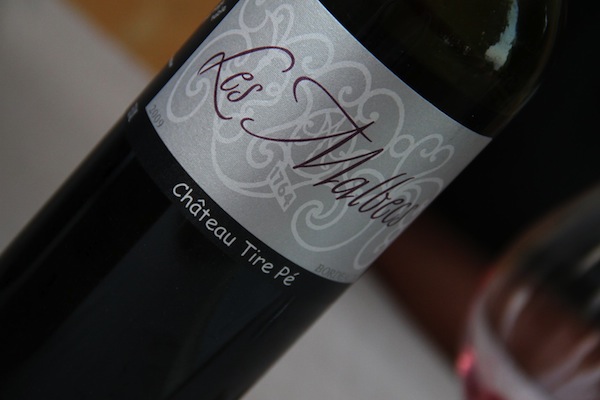Arguably the world’s pre-eminent wine region, Bordeaux is not readily associated with emerging trends like natural or low-intervention winemaking. In this region, the celebrity Crus classés [Classified Growths] have transitioned from mere wine producers into luxury brands, and protecting those brands—read not taking risks—is their major priority.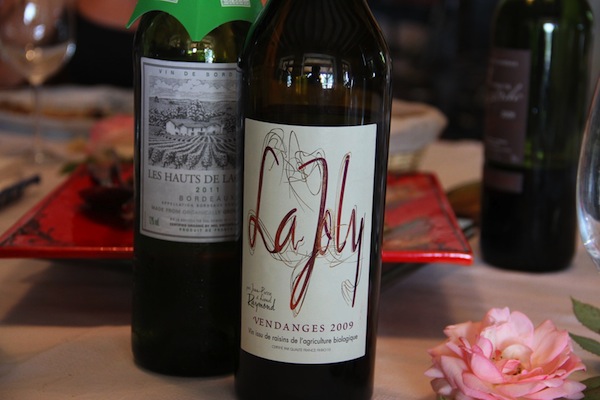
Pontus Elofsson, head sommelier of Noma, Copenhagen (named the best restaurant in the world a couple years ago), is steadfast in his decision to exclude Bordeaux from his list because of the supposed dearth of natural wines. This highlights two of Bordeaux’ major challenges. First, even professionals such as Elofsson tend to lump the entire region together. Second, there’s an assumption that all Bordeaux production is manicured and manipulated to ensure a quotient of Parker points. Were Elofsson to head away from the prestigious Medoc estates and into the AOC Bordeaux and Bordeaux Supérieur hinterlands, he might find wines more to his liking.
With 3,000,000 hectolitres of wine being produced in the region every year, Bordeaux producers must fight to find a point of difference or risk their wines being sold for a pittance. There’s a burgeoning interest in organic (biologique, or bio for short), biodynamic farming and low-intervention winemaking—techniques which, if well used, can extract the maximum potential from good terroir.
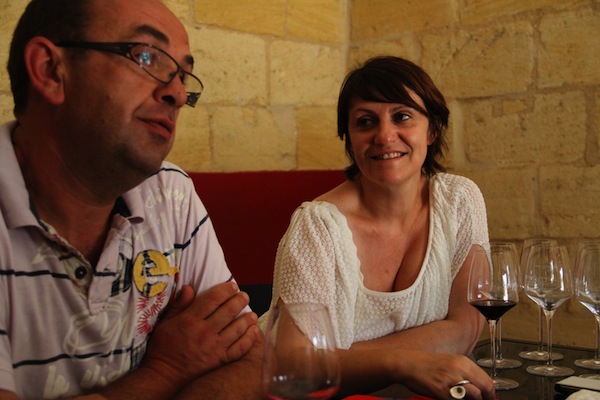
Joel Duffau, ninth generation winemaker at Château La Mothe du Barry, is not trying to be a Lafite or even a Pontet-Canet. For him, “wine should be for everyone—not elevated onto a plinth.” He believes passionately in the importance of organic farming for the health of his vines and his staff. His range of white, rosé, clairet and red wines are unpretentious, varietally typical and elegant. They are also outstanding value; top of the range “Cuvée du Barry 2010,” a true vin de garde with its tight structure, spiced plum and mocha notes, is a mere €10 at the cellar door.
Achieving organic certification in the Bordeaux climate isn’t easy. Mildew, for example, is a problem almost every year, with 2012 shaping up to be particularly bad. But producers are responding to consumer demand. Importers to the U.S. are particularly keen to have label integrity. Stephen Miejer at Château Auguste sells most of his wine to Monoprix in France and Trader Joe’s in the U.S., and feels that organic farming is essential to ensure the sustained health of his vineyards. He’s proud of the estate’s clay soil, reminding us during a recent visit that we are not far from St. Émilion. Meijer’s range (a rosé and two Merlot cuvées) are accessible, modern, almost New World styles.
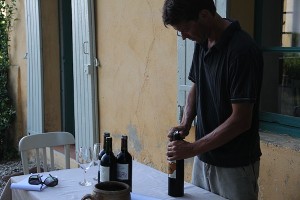
Elofsson would love the wines of Château Tire Pé. Hélène and David Barrault have been making wine at their pretty location in Gironde sur Dropt for 16 years. Not only do they farm organically, but the wines are vinified with an extremely light touch. Château Tire Pé 2010 shows how pure and elegant Bordeaux Merlot can be, when only wild yeasts and cement tanks are used. La Côte de Tire Pé 2009 adds Cabernet Franc and restrained oak to the mix: a whiff of cinnamon and refreshing black cherry give way to refined tannins. Superbly balanced and thirst quenching, it reminds me that perfect claret need not be heavy, brooding or overly oaked. David also makes a sublime 100% Malbec, all crushed berries, burnt plum, cloves and violets on the nose.
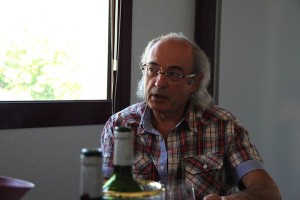
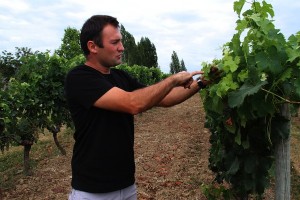
It’s not surprising to see smaller producers turning organic, but larger operations are also putting their weight behind the movement. Christian and Pascal Boissonneau produce some 450,000 bottles a year. Pascal started the conversion to organic in 2006, achieving certification in 2008. He has noticed a marked change in the vineyards, with increased biodiversity and better vineyard health. He says quite simply, “It’s better for the soil, the vines and the people.” The Vinum Natura range, produced mainly for the U.S., is accessible and attractively priced. The barrique-aged Heritage Blanc (Sauvignon Blanc/Sémillon) has bready complexity and floral lift, although it could benefit from more acidity. The Boissonneaus nurture the rare abouriou variety in neighbouring Côtes du Marmandais, vinified as an oak-aged blend with Merlot to soften its rather ferocious tannins. Not dissimilar to Madiran, it’s spicy and gutsy stuff. Their “first label,” Château de la Vieille Tour, has more classic claret styles.
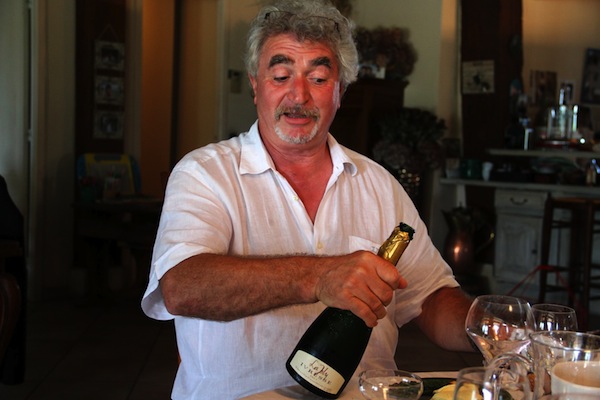
Larger still is Vignobles Raymond: Jean-Pierre and Lionel produce 800,000 bottles and distribute some 5,000,000 more via their négociant business—all certified organic. This impressive family-run operation has sustainable values running right through its core. Their premium cuvée “La Joly” 2009, produced from hand-harvested cabernet sauvignon and malbec, would be an asset to Noma’s wine list. It is perfumed, poised and profound—yet remarkably fleet of foot. And there’s also their charming “Sans sulphites” Merlot “L’Authentique”, whose red fruit fairly leaps out of the glass.
These wines are widely distributed in the U.S., but Europeans still seem to unfairly typecast the region. There are over 130 organically certified growers in AOC Bordeaux, compared to just two of the “Grand Cru” properties. There is a revolution happening here—Mr. Elofsson, take another look!
[author] [author_image timthumb=’on’]http://palatepress.com/wp-content/uploads/2012/08/simon-woolf-2010-e1345614169633.jpg[/author_image] [author_info]Simon Woolf is a WSET trained wine and food enthusiast living in London. His blog themorningclaret.com focuses on smaller producers who use organic, biodynamic or natural wine-making methods, and on those parts of the wine world less well travelled. Simon also writes for timatkin.com[/author_info] [/author]


